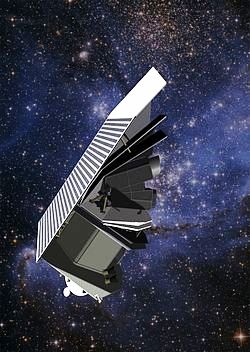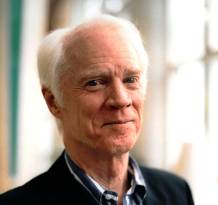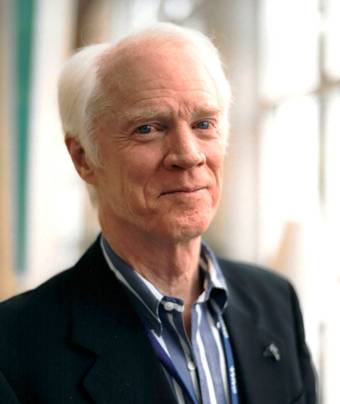Wednesday, November 19 5:30 p.m., at the Episcopal Parish Hall
— from Michael Riordan —
This Wednesday Apollo 9 astronaut Russell L. “Rusty” Schweickart will visit Orcas Island to deliver a seminar about the dangers of asteroid impacts. Such a “near-Earth object” (NEO) exploded in the skies of Chelyabinsk, Russia, in February 2013 with an energy release equivalent to about 20 Hiroshima atomic bombs. Another passed harmlessly within 18,000 miles of Earth later that day!
Objects capable of similar impacts hit the Earth’s atmosphere every few years, mostly disintegrating over oceans and uninhabited areas. Recent events have shown that the threat is all too real.
The founder and former President of the Association of Space Explorers (ASE), the professional society of astronauts and cosmonauts, Schweickart has chaired its Committee on NEOs, leading their efforts to alert the international community to the danger of these impacts. In 2009 the committee submitted a report, “Asteroid Threats: A Call for Global Response,” to the United Nations, which responded by initiating development of a system to address potential impacts. The system was reviewed by the UN General Assembly in 2013 and is now being implemented.
A retired business and government executive, Schweickart also served for a decade as Chairman of the B612 Foundation, a non-profit foundation pursuing the development of the capability to protect Earth from future asteroid impacts. Crucial to this effort is mapping the inner solar system for large NEOs that might strike Earth. A precise foreknowledge of their trajectories is a must for any efforts to deflect them from Earth’s path.
 One approach is the proposed Sentinel Mission being championed by astronaut and current B612 Foundation director Ed Lu, who recently appeared on CBS News 60 Minutes and PBS News Hour discussing the threat. This large infrared telescope would orbit the Sun near Venus, looking outward to discern NEOs as small as 140 meters across and accurately measure their trajectories. Knowing that information well in advance will enable determination of their future locations and whether any will strike Earth during the next century.
One approach is the proposed Sentinel Mission being championed by astronaut and current B612 Foundation director Ed Lu, who recently appeared on CBS News 60 Minutes and PBS News Hour discussing the threat. This large infrared telescope would orbit the Sun near Venus, looking outward to discern NEOs as small as 140 meters across and accurately measure their trajectories. Knowing that information well in advance will enable determination of their future locations and whether any will strike Earth during the next century.
Schweickart served as lunar module pilot on the Apollo 9 mission and as backup commander for NASA’s Skylab mission. He was awarded the NASA Distinguished Service Medal and Exceptional Service Medal for his contributions to these missions — and shared an Emmy Award with other Apollo astronauts for transmitting the first live TV footage from space.
Following NASA, Schweickart joined the staff of California Governor Jerry Brown and served on the California Energy Commission for nearly six years. He has also held leadership positions with satellite communications companies.
Schweickart’s talk, titled “The Dinosaur Syndrome Avoidance Project: Howgozit?” will begin at 5:30 pm on Wednesday, November 19, at the Episcopal Parish Hall in Eastsound. He will be introduced by his friend and fellow Apollo astronaut Bill Anders, who is hosting his visit. The event is sponsored by the new speaker series on science, technology and culture, Orcas Currents. Admission is free.
**If you are reading theOrcasonian for free, thank your fellow islanders. If you would like to support theOrcasonian CLICK HERE to set your modestly-priced, voluntary subscription. Otherwise, no worries; we’re happy to share with you.**










Kudos Michael…thank you.
Thank Bill Anders for bringing Rusty to Orcas and making this possible.
Outstanding!!! I hope I’m back on island in time!